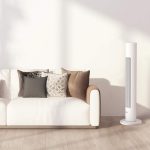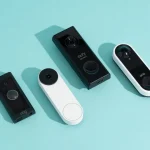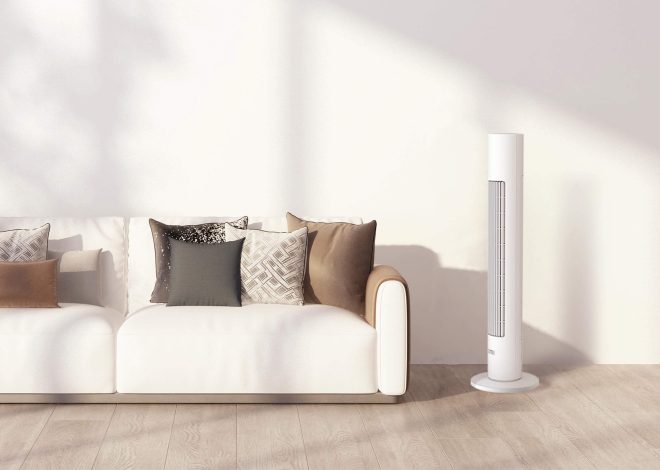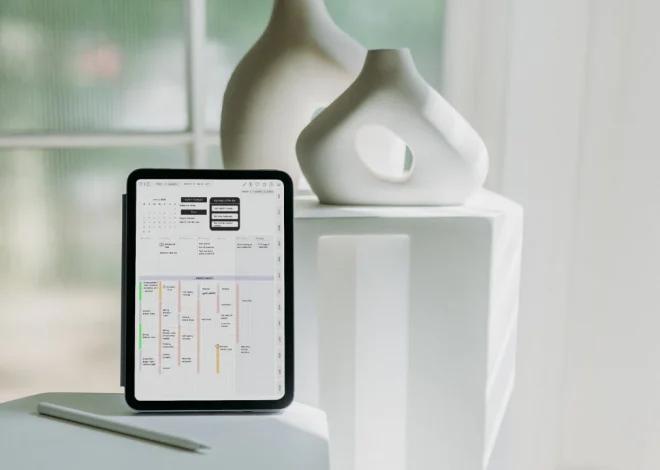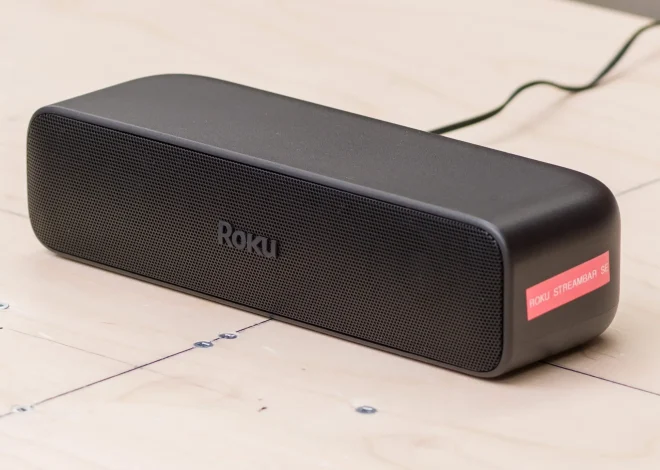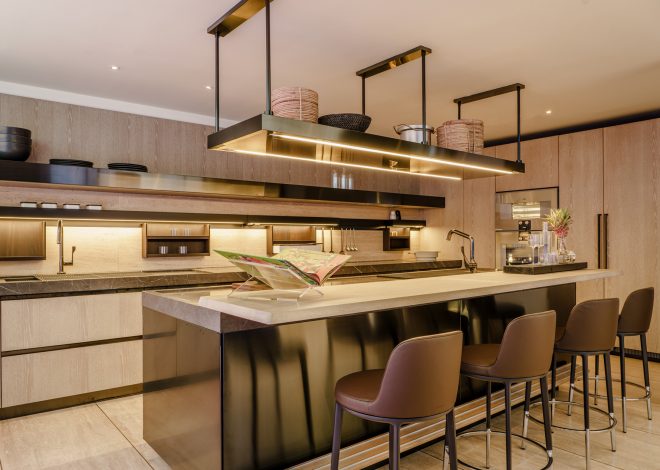Designing Stylish and Smart Kitchens with Technology

The kitchen has long been referred to as the heart of the home. It serves as the gathering spot for families to share meals, a hub for busy individuals to prepare meals for the week, and a place where hosts bring together friends and loved ones for meaningful conversations. As such, modern kitchen design trends have evolved to seamlessly blend cutting-edge smart technology with elegance, ensuring a space that is both efficient and stylish for all users.
Technology-Integrated Kitchens: A Revolution
Gone are the days when smart devices were considered a futuristic concept. Today, smart home technology has become a staple in homes of all sizes. Early adopters recognized the game-changing potential of these devices in the kitchen, and over the last decade, the kitchen has become the focal point of connected home technology.
The Importance of Technology in Kitchen Design
Technology is essential when planning modern kitchens. It brings numerous benefits, including:
- Enhancing kitchen safety.
- Reducing energy consumption.
- Allowing for a more customized cooking experience.
- Optimizing kitchen tasks, saving both time and money.
From Simple Gadgets to Smart Ecosystems
Initially, smart kitchen devices were single-purpose tools that automated specific functions, like smart smoke detectors connected to smartphones or coffee makers with app-controlled settings. However, today’s smart kitchens have evolved into interconnected ecosystems powered by the Internet of Things (IoT), where all devices communicate with one another, streamlining tasks and enhancing user experience.
Trends Shaping the Modern Kitchen
Modern kitchens are not just about technology. They also incorporate timeless design elements to preserve the traditional ambiance while embracing innovation. Key trends in kitchen design include:
- Combining light and dark tones to balance the presence of smart devices.
- Adopting minimalist designs for both functionality and aesthetics.
- Maximizing storage to reduce clutter and maintain organization.
Essential Features for a Smart Kitchen
As more homeowners seek fully automated kitchens, interior designers must include the following smart features when crafting their designs:
- Smart Appliances: These include IoT-connected devices like smart ovens, refrigerators, and coffee makers that automate cooking processes, improve energy efficiency, and allow for remote operation.
- High-Tech Fixtures: Fixtures like Wi-Fi-enabled lighting, USB ports, and digital faucets not only improve functionality but enhance the space’s appearance.
- Device Integration: Successful smart kitchens require a cohesive ecosystem where all devices work in harmony to create an efficient, energy-saving environment.
Creating a Stylish and Functional Smart Kitchen
While the allure of high-tech gadgets is undeniable, the key to successful kitchen design lies in balancing style and functionality. Designers must carefully consider both the aesthetic and practical aspects of the space. Here’s how:
Striking the Right Balance
The modular design approach allows you to organize the kitchen into distinct zones or “modules,” ensuring that the space is both functional and cohesive. This approach allows for smart devices to seamlessly integrate into the overall design.
Color Schemes and Finishes
When incorporating modern technology into kitchen design, consider using timeless color palettes that complement the sleek look of digital devices. Neutral tones like deep grays, rich browns, and whites add sophistication and counterbalance the high-tech gadgets.
Ergonomics and Layout
A functional layout is critical to the success of the kitchen’s design. Open-concept designs that enhance movement and make the space feel more inviting are increasingly popular.
Practical Tips for Integrating Technology in Kitchen Design
To successfully integrate technology into a kitchen design, consider these helpful strategies:
Planning and Budgeting
Work closely with clients to define a budget that balances technology costs with material selection. Proper allocation ensures that the design remains cohesive while integrating the latest technological advancements.
Installation and Maintenance
Hiring skilled professionals who understand smart home technology is crucial to ensuring proper installation. Additionally, educating clients on the upkeep of their smart kitchen devices ensures long-term functionality.
Future-Proofing
Technology advances rapidly, so it’s important to design kitchens with longevity in mind. Opt for durable materials and tech that can be easily upgraded as innovations emerge.
Case Studies and Real-World Examples
To gain insights into effective smart kitchen design, explore these real-world examples:
Urban Apartments
In small urban spaces, designers prioritize compact, multifunctional devices like smart microwaves that cater to the fast-paced lifestyle of city dwellers.
Family Homes
Design firms focusing on family homes create warm, inviting kitchens by blending natural materials with smart technology, ensuring both comfort and convenience in shared spaces.
The Ongoing Transformation of Kitchen Design
Smart kitchen technology will continue to evolve, shaping kitchen design in the years to come. Designers who understand how to balance the power of technology with timeless design elements will be well-positioned for success in this competitive field.
Preparing for the Future of Cooking Spaces
The future kitchen is one that embraces technology, sustainability, and interactivity. Homeowners expect their kitchens to be smart, efficient, and ready for the challenges of tomorrow. Keeping an eye on emerging trends ensures that you stay ahead of the curve in kitchen design.
Interested in learning more about the intersection of technology and kitchen design? Check out Rocky Mountain College of Art + Design’s Interior Design programs for the latest insights and educational opportunities in this field.

